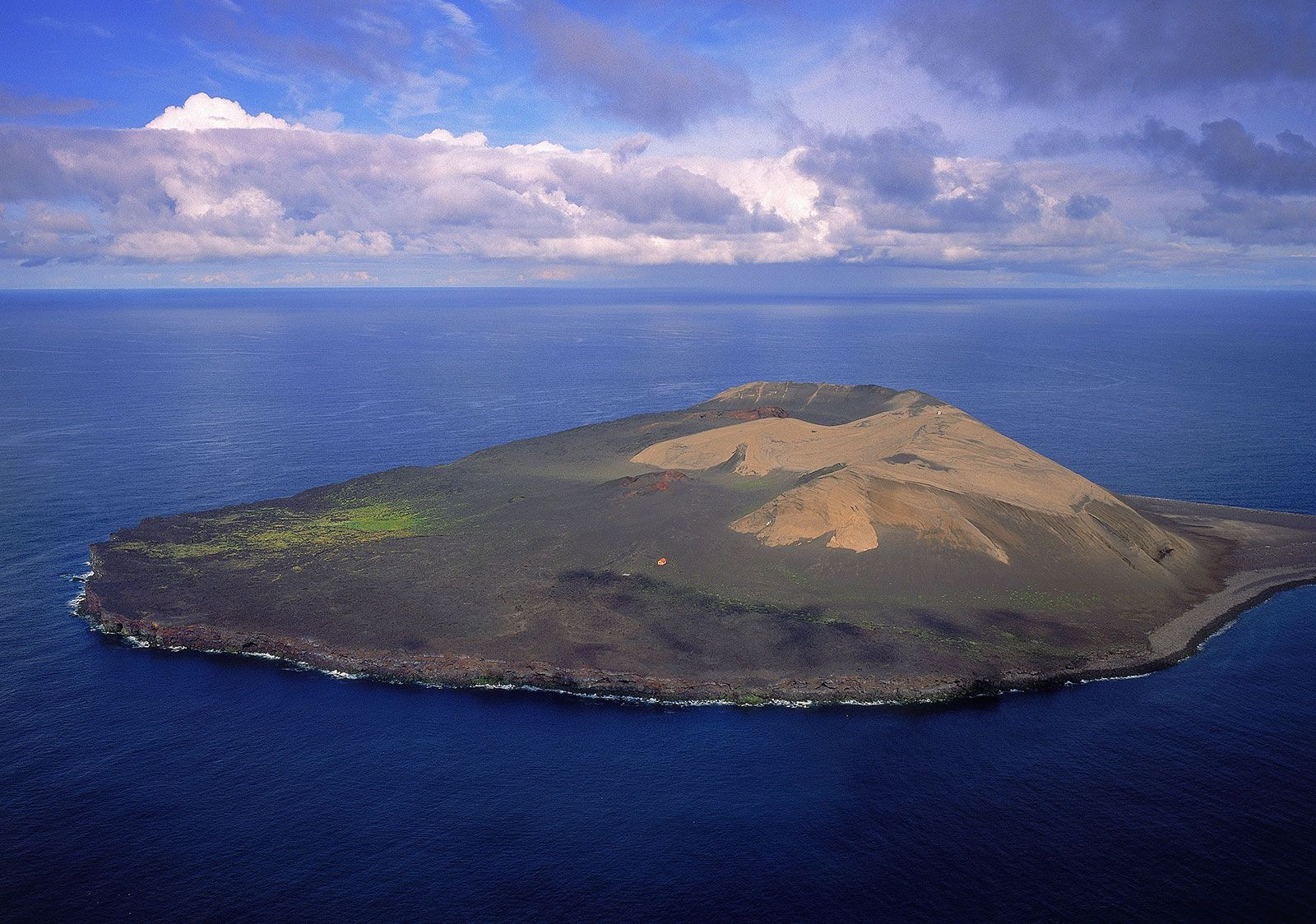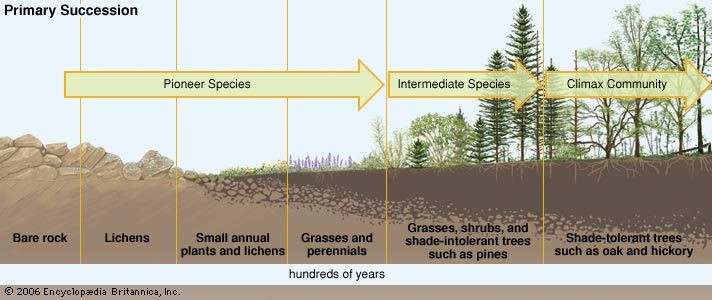In the realm of ecology, the term “pioneer species” refers to the first organisms to colonize barren environments or ecosystems that have been disrupted. These hardy species play a crucial role in primary succession, the ecological process where life begins to inhabit lifeless areas, such as newly formed volcanic islands or land exposed by retreating glaciers. Understanding the definition of a pioneer species is fundamental to grasping how ecosystems develop and evolve over time.
Surtsey Island, Iceland, a prime example of ecological colonization after volcanic eruption in 1963, showcasing pioneer plant species.
The Role of Pioneer Species in Ecological Succession
Pioneer species are uniquely adapted to survive in harsh conditions where resources are scarce and competition is minimal. They are the initial colonizers that modify the environment, making it more habitable for subsequent species. This process is known as ecological succession, and pioneer species are the critical first step in this transformative journey.
Initial Colonizers: Microorganisms and Lichens
Often, the earliest pioneers are microscopic organisms like bacteria. These microorganisms can thrive in seemingly inhospitable places, such as bare rock surfaces and glacial ice. Following closely are lichens, fascinating composite organisms formed by a symbiotic relationship between fungi and algae. Lichens are particularly effective pioneer species as they can extract nutrients from the air and rainwater. They also initiate soil formation by secreting acids that gradually break down rocks.
Mosses and Soil Formation
Mosses represent another significant group of pioneer species. Like lichens, mosses contribute to the weathering of rocks through the release of acids. As lichens and mosses grow and decompose, their organic matter mixes with fragmented rock particles, creating the rudimentary beginnings of soil. This early soil development is vital for supporting future plant life. Furthermore, both microorganisms and lichens enhance soil fertility through processes like nitrogen fixation, enriching the newly forming substrate with essential nutrients.
Primary ecological succession stages, starting from barren rock with pioneer species like lichens and mosses, eventually leading to a climax community.
Examples of Pioneer Species and Their Impact
Surtsey, a volcanic island that emerged from the ocean near Iceland in 1963, offers a compelling real-world example of ecological colonization. Shortly after its formation, pioneer plants such as sea rocket, sand ryegrass, oysterleaf, and seaside sandplant began to establish themselves. Over time, lichens and mosses have become dominant vegetation, with the later arrival of higher plants like dwarf willow and tea-leaved willow further diversifying the island’s ecosystem.
In the broader context of primary succession, the cycle begins with bare rock, where pioneer species like lichens, mosses, fungi, and certain microorganisms take hold. These initial colonizers slowly transform the rock into soil capable of supporting simple plants like grasses.
Transition and Climax Community
As pioneer species modify the environment, they pave the way for other species to colonize. Wind and water transport seeds and spores of plants like grasses and ferns to the newly formed soil. Invertebrates such as ants, worms, and snails soon follow, contributing to the developing ecosystem by processing organic material and aerating the soil. Eventually, intermediate species like shrubs and small trees arrive. These taller plants create shade, gradually making the environment less suitable for the original pioneer species. This leads to a succession where pioneer species are replaced by more competitive plants, ultimately leading to a climax community, a stable and mature ecosystem that can persist for extended periods.
In conclusion, the definition of pioneer species is central to understanding ecological succession. These resilient organisms are the architects of new ecosystems, transforming barren landscapes into thriving habitats through their unique adaptations and environmental modifications, setting the stage for the rich biodiversity that follows.


 primary ecological succession
primary ecological succession